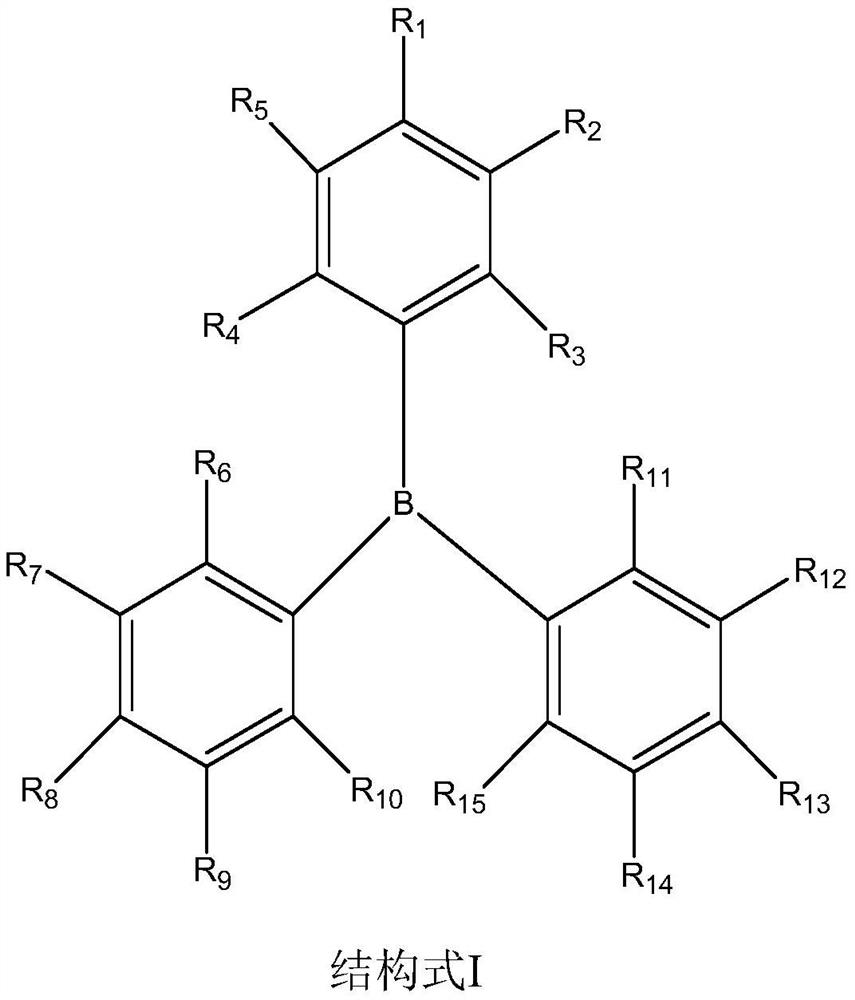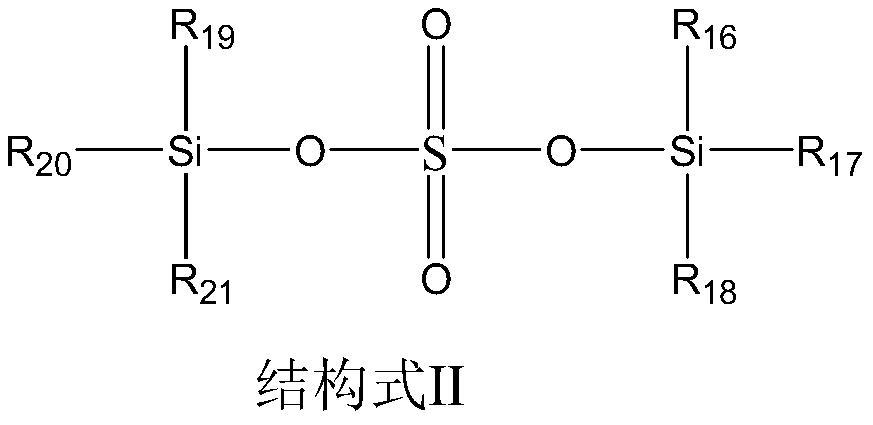Electrolyte suitable for silicon-carbon negative electrode and lithium ion battery
An electrolyte and negative electrode technology, applied in the field of electrolyte and lithium ion batteries, can solve the problems of increasing battery polarization, deteriorating cycle performance and low temperature characteristics, etc.
- Summary
- Abstract
- Description
- Claims
- Application Information
AI Technical Summary
Problems solved by technology
Method used
Image
Examples
Embodiment 1
[0037]Electrolyte preparation: In a glove box filled with argon, ethylene carbonate (EC), diethyl carbonate (DEC) and ethyl methyl carbonate (EMC) were mixed in a volume ratio of EC:DEC:EMC=25:15 : 60 for mixing, then slowly add lithium hexafluorophosphate (LiPF 6 ), lithium difluorooxalate borate (LiDFOB) accounting for 0.5wt% of the total mass of the electrolyte, and lithium bistrifluorosulfonimide (LiTFSI) accounting for 1.0wt% of the total mass of the electrolyte, and finally adding 2.0wt% of the total mass of the electrolyte % of fluorinated phenyl boron compound additives with structural formula I, 0.5wt% of disilyl sulfate compound additives with structural formula II in the total mass of the electrolyte, 10.0wt% fluoroethylene carbonate in the total mass of the electrolyte ( FEC) and vinyl sulfate (DTD) accounting for 1.0wt% of the total mass of the electrolyte were stirred evenly to obtain the lithium-ion battery electrolyte.
[0038] Preparation of soft-pack battery...
Embodiment 1-11 and comparative example 1-8
[0043] Examples 1-11 and Comparative Examples 1-8 are used to carry out the following electrochemical performance tests with full batteries:
[0044] 1) Normal temperature cycle test: At 25°C, charge the battery after capacity division to 4.2V at 1C constant current and constant voltage, with a cut-off current of 0.05C, then discharge at 1C constant current to 3.0V, and cycle accordingly, charging / discharging After 1000 cycles, calculate the 1000th cycle capacity retention rate, the calculation formula is as follows:
[0045] 1000th cycle capacity retention rate (%)=(1000th cycle discharge capacity / first cycle discharge capacity)×100%.
[0046] 2) 60°C high-temperature storage thickness expansion and capacity retention rate recovery rate test: first place the battery at room temperature and cycle charge and discharge once at 0.5C / 0.5C (3.0V ~ 4.2V), record the discharge capacity C0 of the battery before storage, Then charge the battery with a constant current and constant vol...
PUM
 Login to View More
Login to View More Abstract
Description
Claims
Application Information
 Login to View More
Login to View More - R&D
- Intellectual Property
- Life Sciences
- Materials
- Tech Scout
- Unparalleled Data Quality
- Higher Quality Content
- 60% Fewer Hallucinations
Browse by: Latest US Patents, China's latest patents, Technical Efficacy Thesaurus, Application Domain, Technology Topic, Popular Technical Reports.
© 2025 PatSnap. All rights reserved.Legal|Privacy policy|Modern Slavery Act Transparency Statement|Sitemap|About US| Contact US: help@patsnap.com



